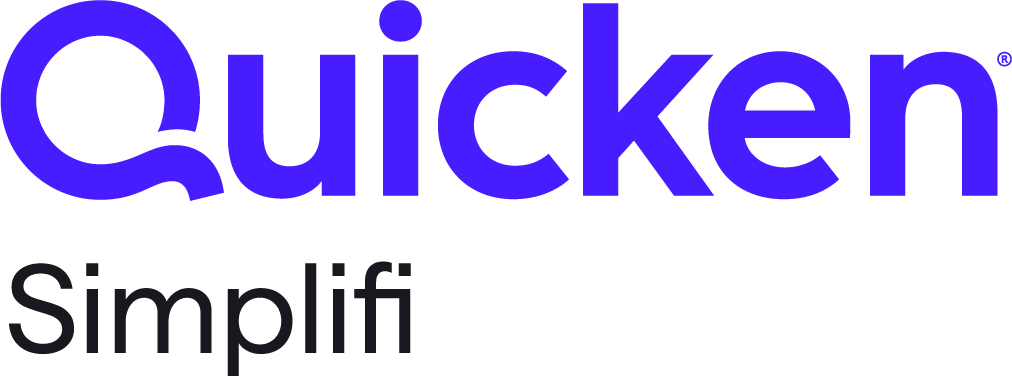If you receive Supplemental Security Income (SSI) benefits, don’t be surprised when two checks hit your account in August. With Labor Day falling on Monday, September 1, the Social Security Administration is shifting its typical payment schedule, meaning SSI recipients will receive their September check a few days early.
This scheduling change might feel like a bonus, but it’s not. That second check in August is your September payment, arriving ahead of schedule. Without a plan, it’s easy to exhaust both payments before September begins.
Two Checks in One Month
SSI payments typically arrive on the first of the month. But if the first lands on a weekend or federal holiday, the check arrives early.
That’s the case this year. Labor Day falls on Monday, September 1, so SSI recipients who usually receive benefits on the first will instead get their funds on Friday, August 29. As a result, some people will see two checks in August: one on August 1 and another on August 29.
This early payment can bring budgeting challenges, especially for beneficiaries who rely heavily on each monthly deposit to cover essentials like rent, groceries and medical bills.
The Risk of Overspending: Budgeting Apps Can Help
Receiving two payments in one month can feel like a windfall. But it’s not extra money—it’s simply arriving earlier than usual. If you’re not careful, you could face a cash shortfall by mid-September.
For example, you might use your first check to pay rent and bills, then use the second check on nonessential purchases, forgetting that money is meant to cover next month. Then September hits, and suddenly you’re scrambling with little funds left.
One of the simplest ways to keep your spending on track is to use a budgeting app like Quicken or Monarch Money. Seeing your spending laid out week by week makes planning easier and prevents you from running out of money before the next check comes in. The key is mentally assigning the August 29 check to September and sticking to that plan.
- Quicken: Quicken is a user-friendly budgeting app that handles the heavy lifting. Starting at $2.99 a month, it syncs your accounts at different financial institutions, tracking your spending by category and alerting you when you’re exceeding your budget. You can also set up saving goals to prepare for future expenses.
- Monarch Money: Monarch Money is a more full-featured budgeting tool. Priced at $14.99 per month or $99.99 per year, it gives you a complete snapshot of your financial health, tracking your investments and net worth and offering tools for flexible or category-based budgeting.
For a limited time get 50% off your first year with code MONARCHVIP
| COMPANY | FORBES ADVISOR RATING | BEST FOR | COST | ANDROID RATING | iOS RATING | LEARN MORE |
|---|---|---|---|---|---|---|
Zero-Based Budgeting | $17.99/month or $79.99/year (after 14-day free trial) | 4.4/5 (based on 13,000+ ratings) | 4.7/5 (based on 70,000+ ratings) | Read Our Review | ||
Cash Flow Monitoring | Free version or $5.99 a month, $21.99 a month or $49.99 for lifetime subscription (prices may vary) | 4.7/5 (based on 340,000+ ratings) | 4.6/5 (based on 5,000+ ratings) | |||
Desktop Budgeting | $50-$150/year or $10/month (after 30-day free trial) | 4.5/5 (based on just 19 ratings) | 5/5 (based on just six ratings) | |||
Managing Subscriptions | Free version or between $6-$12/month (after 7-day free trial) | 4.7/5 (based on 99,000+ ratings) | 4.5/5 (based on 230,000 ratings) | On Rocket Money’s website | ||
Replacing Mint | $99.99/year or $14.99/month after 7-day free trial | 4.7/5 (based on 11,000+ ratings) | 4.9/5 (based on 47,000+ ratings) | On Monarch’s website For a limited time get 50% off your first year with code MONARCHVIP | ||
Automatic Savings | $11.99/month, $16.99/month or $21.99/month based on plan (after 30-day free trial) | 4.5/5 (based on 120,000+ ratings) | 4.6/5 (based on 240,000+ ratings) | |||
Beginner Budgeteers | Free version, $1.99/month or $14.99/year for Plus; $5.99/month or $35.99/year for Premium (after 7-day free trial) | 4.5/5 (based on 55,000+ ratings) | 4.6/5 (based on 5,000+ ratings) | |||
Managing Household Expenses | $2.99/month (with 50% off discount) | 4.2/5 (based on 3,000+ ratings) | 4.4/5 (based on 5,000+ ratings) | On Quicken’s Website | ||
Tracking Spending | $74.99/year or $12.99/month (after 7-day free trial) | 4.7/5 (based on 2,000+ ratings) | 4.1/5 (based on 500+ ratings) | Read Our Review | ||
Goal-Setting | $109/year or $14.99 month (after 34-day free trial) | 4.7/5 (based on 21,000+ ratings) | 4.8/5 (based on 55,000+ ratings) | On YNAB’s Website |
Plan for Future Shifts
This isn’t the first time SSI checks have arrived, and it won’t be the last. SSI recipients can expect two payments again in October—on October 1 and 31—due to November 1 falling on a weekend. Taking note of these scheduling quirks can help you plan proactively, especially if you’re on a fixed income.
Mark your calendar with future holiday-related shifts and review the Social Security Administration’s payment schedule each year. That way, you can make smart decisions in advance and avoid financial stress when your payment cadence changes.
Bottom Line
If you receive two SSI payments in August, remember—it’s not a windfall; it’s a timing adjustment. Treat your August 29 deposit as September’s income, and use a budgeting app to help you allocate your funds wisely.
With a little planning, you stay in control of your finances and avoid a cash shortfall later in the month.














Leave a Reply